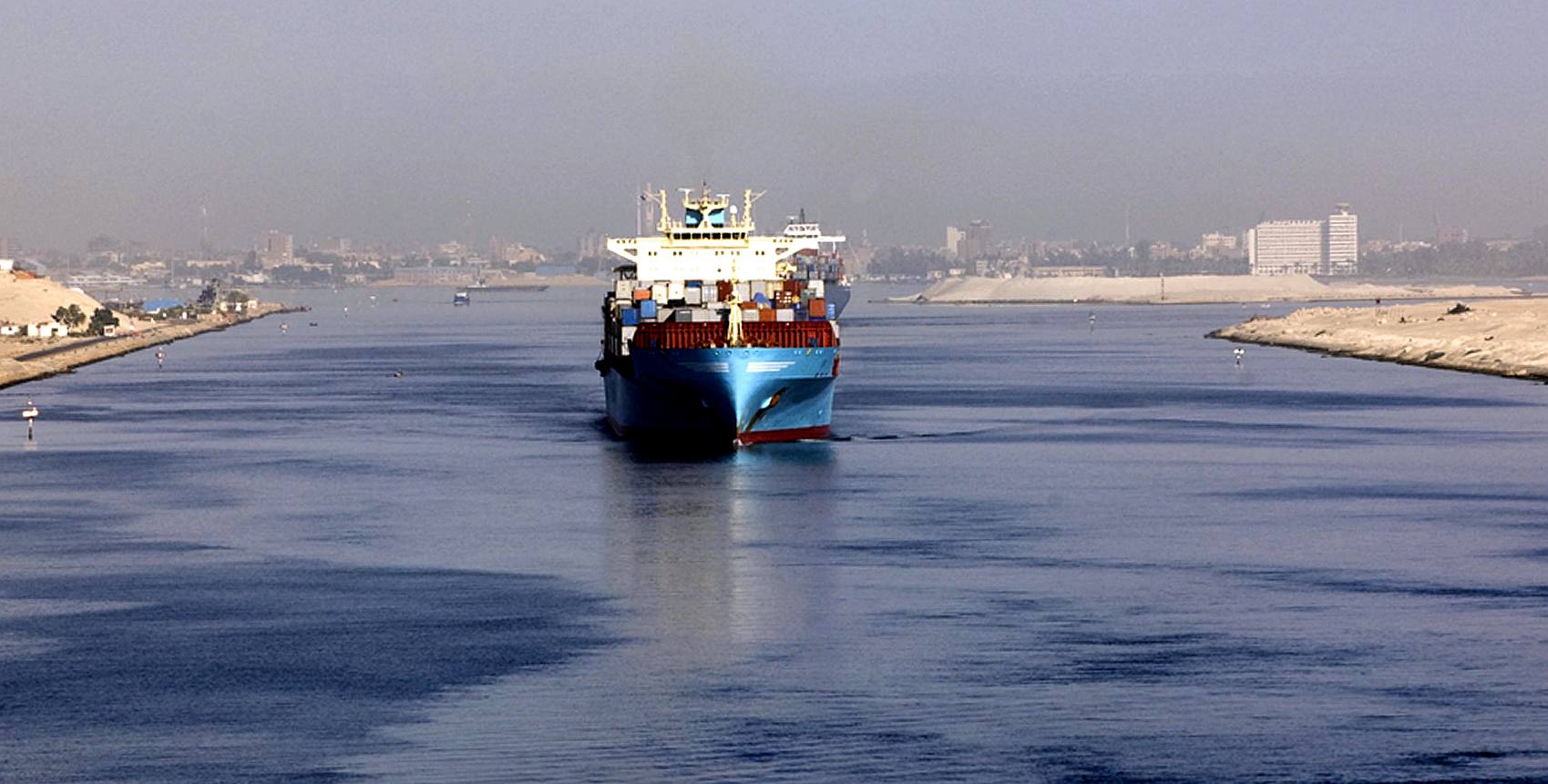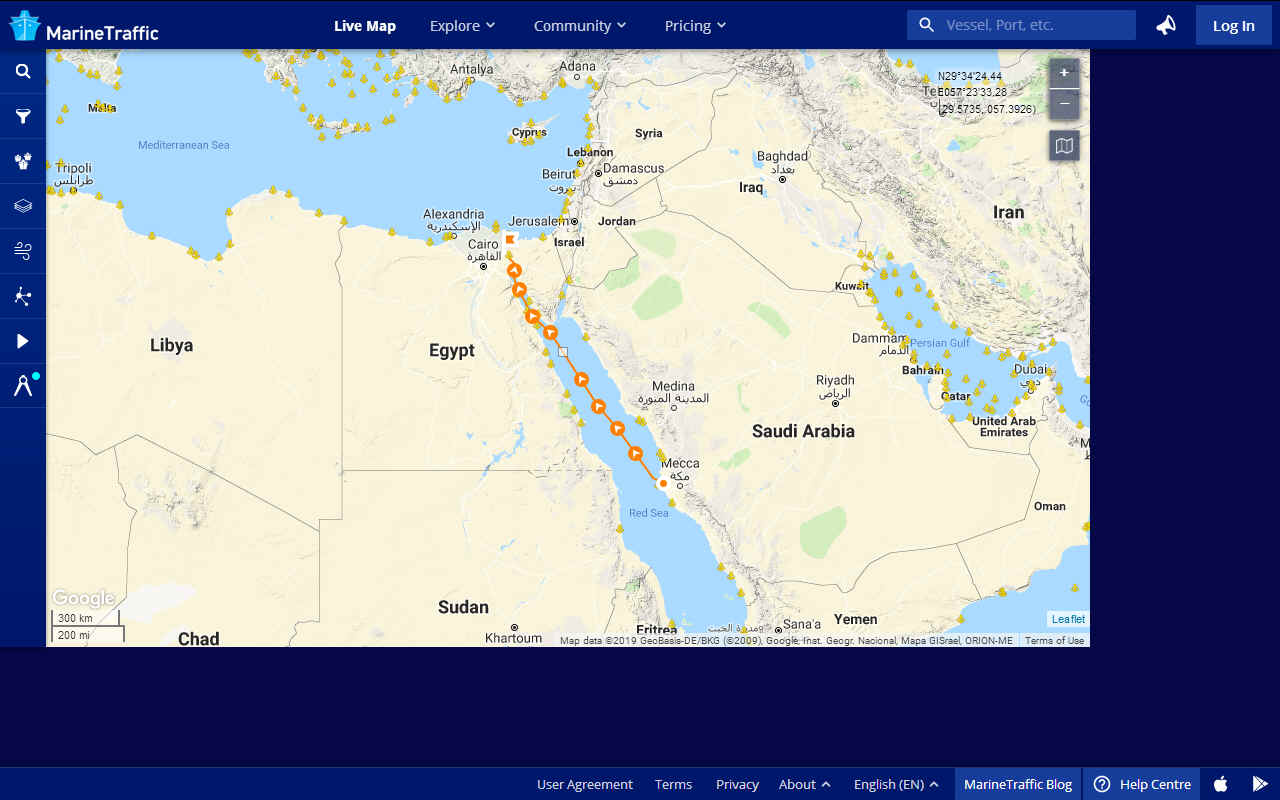|
AROUND THE WORLD IN 80 DAYS
SUEZ CANAL - HYDROGEN BUNKERING ROUTE PLANNER
Please use our A-Z INDEX to navigate this site or return HOME
|
|||||||||||||||||||||||||||||||||||||||||||||||||||||||||||||||||||||||||||||||||||||||||||||||||||||||||||||||||||||||||||||||||||||||||||||||||||||||||||||||||||||||||||||||||||||||||||||||||||||||||||||||||||||||||||||||||||||||||||||||||||||||||||||||||||||||||||||||||||||||||||||
|
- |
|||||||||||||||||||||||||||||||||||||||||||||||||||||||||||||||||||||||||||||||||||||||||||||||||||||||||||||||||||||||||||||||||||||||||||||||||||||||||||||||||||||||||||||||||||||||||||||||||||||||||||||||||||||||||||||||||||||||||||||||||||||||||||||||||||||||||||||||||||||||||||||
|
The
Suez
Canal is a sea-level waterway in
Egypt, connecting the Mediterranean Sea to the Red Sea through the Isthmus of Suez. Constructed by the Suez Canal Company between 1859 and 1869, it was officially opened on 17 November 1869. The canal offers watercraft a shorter journey between the North
Atlantic and northern
Indian
Ocean via the Mediterranean and Red Seas by avoiding the South Atlantic and southern Indian Oceans, reducing the journey by approximately 6,000 kilometres
15TH LEG - At a speed of 13 knots the fifteenth leg of the hydrogen powered zero carbon voyage would take just over two days to complete, free of emissions. The demonstration of ZEWT technology in action, could help speed up the transition to non polluting waterborne transport. These projections are only a guide. Many of the ports of call could be bypassed completely to give us a shorter passage. Very few international destinations are hydrogen ready, meaning that fleet operators may need to find alternative handling facilities.
SOLAR POWERED TRANSIT EXAMPLES - The above table illustrates one of the most likely climate/ocean awareness expedition routes that could be undertaken by the Elizabeth Swan, showing the time elapsed in days for 7 knots average cruising speed, including times for 5 and 6 knot averages - allowing for 10% downtime and 36 days in ports. Hence, although the objective is to reduce the current solar circumnavigation record from 584 days, the event in not an outright non-stop yacht competition in the offshore racing sense.
|
|||||||||||||||||||||||||||||||||||||||||||||||||||||||||||||||||||||||||||||||||||||||||||||||||||||||||||||||||||||||||||||||||||||||||||||||||||||||||||||||||||||||||||||||||||||||||||||||||||||||||||||||||||||||||||||||||||||||||||||||||||||||||||||||||||||||||||||||||||||||||||||
|
JULES VERNE - WORLD HYDROGEN CHALLENGE: The climate clock is ticking faster, speeding up global warming. So, can we do anything about it? Maybe. The Elizabeth Swann platform, can be adapted to a long range cruiser with up to 4000nm on hydrogen tanks alone. Using LH2, it might be possible to circumnavigate the globe on one tank full - and using solar in combination, travel Around The World In 80 days. Without hydrogen bunkering at ports and harbours it is more of a logistical challenge. This is a problem for port authorities and operators all over the globe, a topic for COP26 and similar events - as the world continues to fry on fossil fuels.
Please use our A-Z INDEX to navigate this site
This website is Copyright © 2021 Jameson Hunter Ltd, an equal opportunities company. This website is carbon friendly, using less energy to load on average per page via simplicity & picture optimization. The same may not apply to third party links.
|


